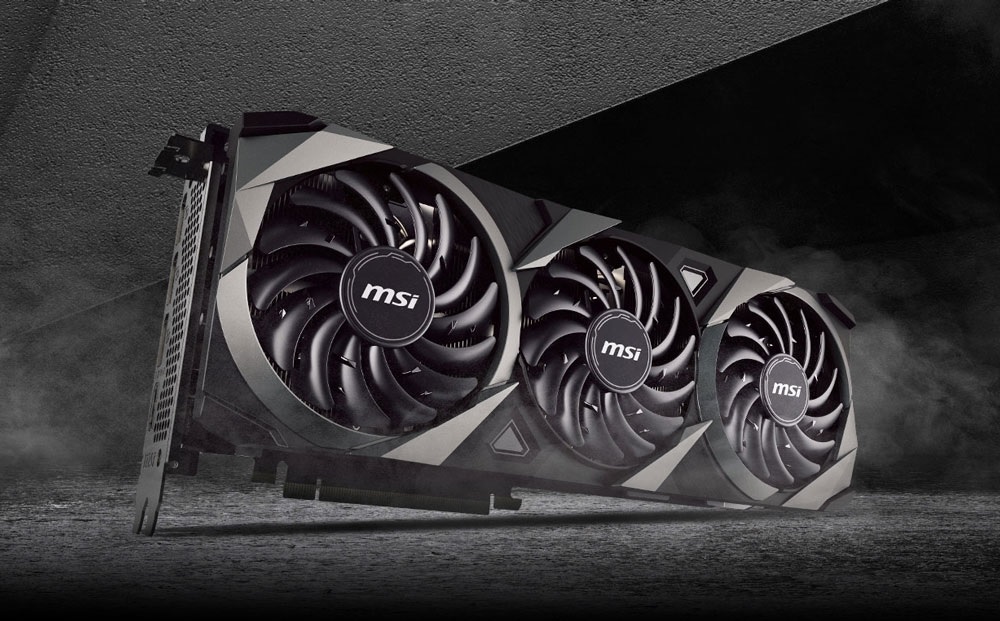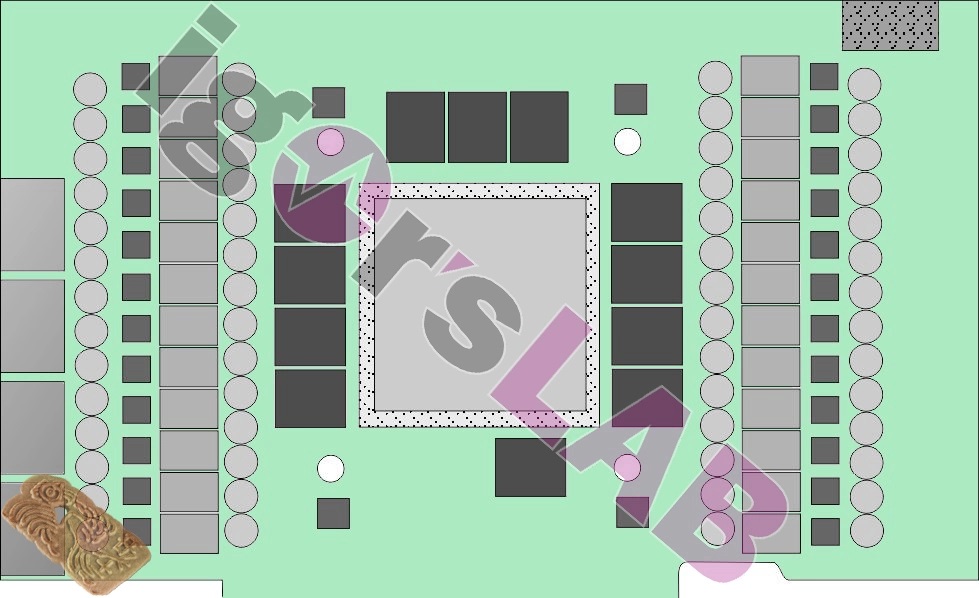Nvidia GeForce RTX 40 GPUs could cost a whole lot to run
RTX 40 reference boards show a total board power of 600W

Update: The Nvidia GeForce RTX 40-series GPUs has been tipped for Q3 launch, so it might be worth wating for that if you can't find a GeForce RTX 3080.
Current-generation GPUs may remain extremely hard to get hold of, but that apparently isn’t preventing Nvidia from progressing on the next generation of graphics cards. If the latest rumors prove to be true, however, the hefty initial outlay may not be the only cause for concern for frugal gamers.
A handful of reliable GPU tipsters have been suggesting a total board power (TBP) of 600W for the RTX 4090 for some time — with one going as far as to suggest that a theoretical 4090 Ti could go as high as 800W. Couple that with a power-hungry CPU, and the earlier rumors we heard about the need for a 1,000W PSU don’t seem all that far fetched.
4080 450W4090 600W4090Ti 800W+????🤔🤔March 12, 2022
Igor’s Lab has received a schematic for the upcoming RTX 4080 and 4090 reference PCB via a source in China (and with legitimacy confirmed by two others in the know) which confirms the high 600W power draw, delivered via 24 voltage converters (up from 20 on the RTX 3090 Founders Edition board).

There are 12 slots for memory modules, indicating it’ll come with either 12- or 24GB of GDDR6X memory, and the insiders believe Nvidia will use the same three-slot air cooler as found on the 3090 for both cards. There’s also talk of water-cooled solutions for some manufacturers, which makes sense given the amount of heat you imagine these cards will generate.
While 600W is a lot of power for a single component to draw, it follows a pretty clear trajectory for Nvidia cards. While the RTX 3060 has a TBP of 170W, things scale up pretty quickly with the Ampere range, reaching 350W for the 3080 and a rumored 450W for the upcoming 3090 Ti.
A bad time for taxing your PSU
While most gamers have never given a great deal of thought to the power drawn by the computers, spiraling energy prices exacerbated by the ongoing crisis in Ukraine may mean that people suddenly pay a lot more attention to exactly how hard their PCs are running.
Sign up to get the BEST of Tom's Guide direct to your inbox.
Get instant access to breaking news, the hottest reviews, great deals and helpful tips.
Bluntly, if the RTX 40 series doesn’t offer a significant performance boost over the current generation, then plenty of people will be left questioning whether it’s worth the additional cost. Not only are you having to think about the (likely very high) initial outlay, but the ongoing running costs which are only likely to get higher as the global energy crisis deepens.
There is, however, one silver lining spot to this: high running costs might just put off cryptocurrency miners, who have long had to balance profitability against performance. If there’s less demand from people who have no intention of gaming on the new cards, then the RTX 40 series might be that bit easier to get hold of than its predecessor.
Freelance contributor Alan has been writing about tech for over a decade, covering phones, drones and everything in between. Previously Deputy Editor of tech site Alphr, his words are found all over the web and in the occasional magazine too. When not weighing up the pros and cons of the latest smartwatch, you'll probably find him tackling his ever-growing games backlog. Or, more likely, playing Spelunky for the millionth time.

